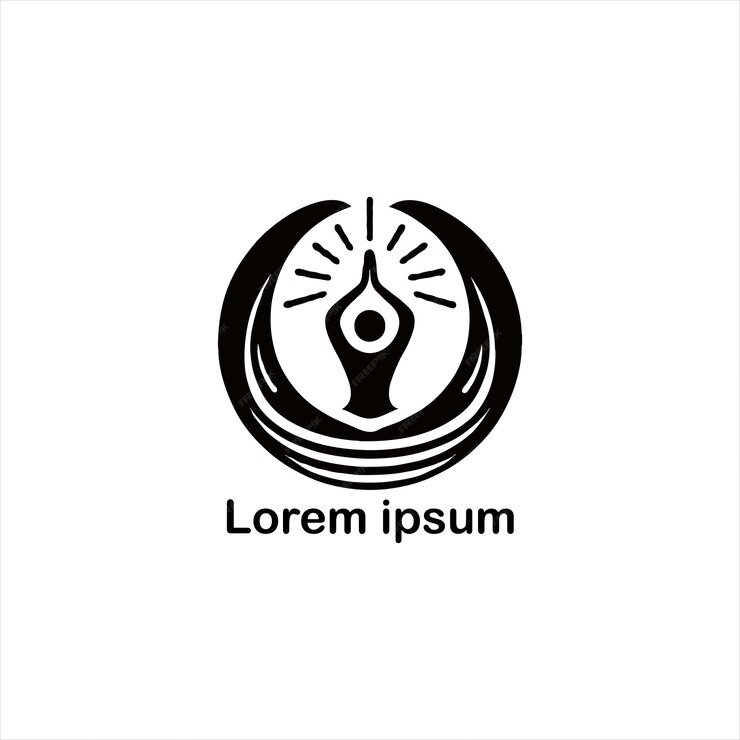Crafting Logos that Reflect Your Brand’s Vision

Creating a logo that truly represents your brand’s vision is essential for establishing a strong, lasting connection with your audience. A well-crafted logo serves as the visual cornerstone of your brand, conveying its core values, personality, and mission in a simple, memorable way. This process goes beyond just choosing colors and fonts—it’s about understanding the essence of your brand and translating it into a design that speaks to your target market. In this guide, we’ll explore the steps and strategies involved in crafting a logo that effectively reflects your brand’s vision, ensuring it resonates with your audience and stands the test of time.
Understanding Your Brand’s Vision
- Brand Values and Mission: To create a logo that truly reflects your brand’s vision, start by defining what your brand stands for. What are its core values? What message does it aim to communicate? These elements will serve as the foundation for your logo design.
- Target Audience: Understanding your audience is key. The design elements, colors, and overall aesthetic should resonate with the people you want to attract.
Simplifying Complex Ideas
- Translating Vision into a Design: A logo should be simple yet powerful. Avoid clutter and complexity in favor of clear, straightforward design elements that represent your brand’s essence.
- Using Symbols and Icons: Incorporating meaningful symbols can help represent abstract concepts in a more tangible, visually appealing way.
Choosing the Right Color Palette
- Color Psychology: Different colors evoke different emotions. Blue might convey trust and professionalism, while red can evoke passion and energy. Choose colors that align with your brand’s personality and message.
- Balancing Aesthetics with Meaning: While color is important, it’s equally essential to ensure that your logo is visually balanced. Experiment with combinations that work well together and ensure harmony.
Typography That Speaks to Your Brand
- Font Selection for Brand Personality: Typography plays a huge role in expressing your brand’s voice. A serif font might convey tradition and reliability, while a sans-serif font can be seen as modern and sleek.
- Custom Fonts: Consider creating a custom font for your logo to give it a unique touch and further reflect your brand’s vision.
Making the Logo Scalable and Versatile
- Designing for Different Platforms: Your logo should look great everywhere, from website headers to social media profiles, business cards to billboards. Ensure that it’s scalable and works in various sizes and formats.
- Responsive Design: A modern logo must be adaptable to various devices and screen sizes. Create multiple versions of your logo (icon-only, full version, black and white) for flexibility across digital platforms.
Aligning with Current Design Trends
- Modern Aesthetics: While timelessness is important, integrating subtle contemporary design trends can help your logo feel fresh and current. Pay attention to trends like minimalist design, negative space, and geometric shapes.
- Staying True to Your Brand: It’s essential to ensure that while your logo reflects modern design, it remains true to your brand’s identity and values.
Incorporating Brand Storytelling into Your Logo
- Narrative through Design: A logo can be a powerful storytelling tool. It’s not just about a design that looks good—it should tell a story about your brand’s journey, mission, or values.
- Emphasizing Brand Heritage: If your brand has a rich history, consider incorporating elements of that history into the logo. It could be through colors, shapes, or symbolism that ties back to your origins.
Testing and Refining Your Logo
- Gathering Feedback: Before finalizing your logo, gather feedback from your stakeholders, employees, and even potential customers. This will help you see if your logo truly reflects your brand’s vision and resonates with your audience.
- A/B Testing: Try different versions of your logo across various platforms (social media, website, etc.) to see how they perform in real-world settings. Small adjustments might be necessary to enhance its impact.
Future-Proofing Your Logo
- Designing for Longevity: Your logo should be timeless. While it’s important to stay current, make sure your logo won’t feel outdated in a few years. Avoid overused design trends that might fade.
- Adapting to Future Changes: Your brand might evolve over time. Ensure that your logo is flexible enough to evolve with your business without losing its essence.
Consistency Across All Branding Materials
- Building a Cohesive Brand Identity: A logo is just one part of your brand’s overall identity. It should seamlessly integrate with your website, marketing materials, product packaging, and advertising to ensure a cohesive look and feel across all platforms.
- Using Your Logo in Marketing: From social media campaigns to print ads, your logo should be used consistently in all marketing materials to reinforce brand recognition and trust.














